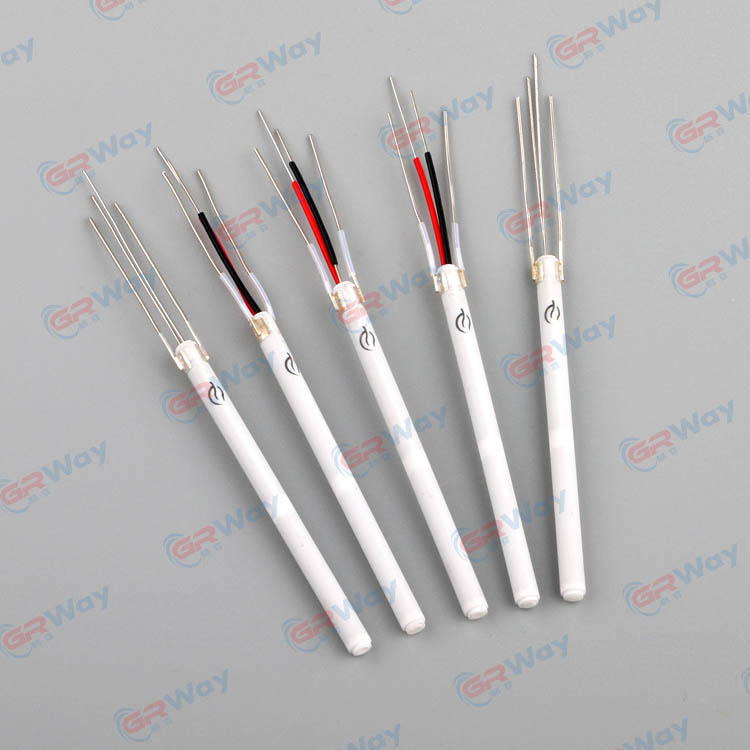What materials are in ceramic heating elements?
2024-07-04
The materials of ceramic heating elements mainly include ceramic matrix and electric heating material. The following is a detailed analysis of these two materials:
Ceramic matrix material
The ceramic matrix is the main part of the heating element, which determines the key properties of the heating element, such as mechanical strength, heat resistance, and corrosion resistance. Common ceramic matrix materials include:
Aluminum Oxide: Aluminum oxide ceramics have high hardness, high wear resistance, high strength and good insulation properties, and are one of the commonly used materials for making ceramic heating elements.
Aluminum Nitride: Aluminum nitride ceramics have excellent thermal conductivity, electrical insulation and thermal stability, and are suitable for use in high temperature environments.
Silicon Nitride: Silicon Nitride ceramics also have excellent heat resistance, corrosion resistance and mechanical strength, and are also an important material for making ceramic heating elements.
In addition, there are other ceramic materials, such as zirconium oxide (ZrO₂), silicon carbide (SiC), etc., which may also be used to make specific types of ceramic heating elements.
Electrothermal material
The electrothermal material is the part of the ceramic heating element used to generate heat, which is usually embedded or attached to the ceramic matrix. There are many types and forms of electric heating materials, but common electric heating materials include:
Metal heating wire: such as nickel-chromium alloy wire, iron-chromium-aluminum alloy wire, etc. These metal heating wires have good electrical conductivity and heating performance, and can generate heat through electric current heating.
Resistive heating layer: A resistive heating layer is formed by coating a layer of resistive material (such as carbon black, metal oxide, etc.) on the surface of the ceramic substrate. When current passes through, the resistive heating layer generates heat.
Composite electric heating material: Metal heating wire is compounded with ceramic material to form a composite material with excellent electric heating performance. This material combines the high heating performance of metal heating wire and the excellent insulation performance of ceramic material.
Other auxiliary materials
In addition to the ceramic substrate and electric heating materials, ceramic heating elements may also contain some other auxiliary materials, such as filling materials, thermal conductive materials, insulating materials, etc. These materials play auxiliary roles in the heating element, such as support, thermal conductivity, and insulation, to ensure that the heating element can work stably and efficiently.
In summary, the materials of ceramic heating elements mainly include ceramic matrix (such as alumina, aluminum nitride, silicon nitride, etc.), electric heating materials (such as metal heating wire, resistance heating layer, composite electric heating materials, etc.) and other auxiliary materials. The selection and combination of these materials will directly affect the performance and application range of ceramic heating elements.




























